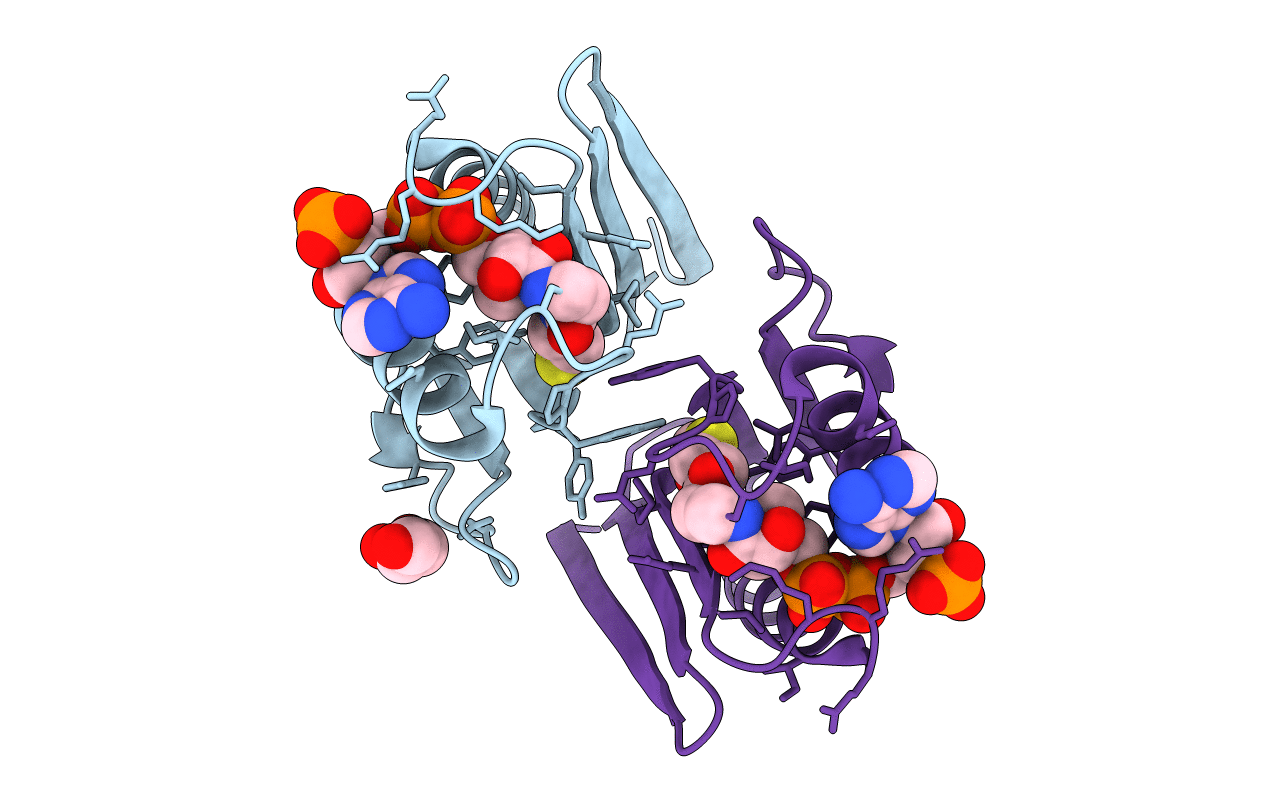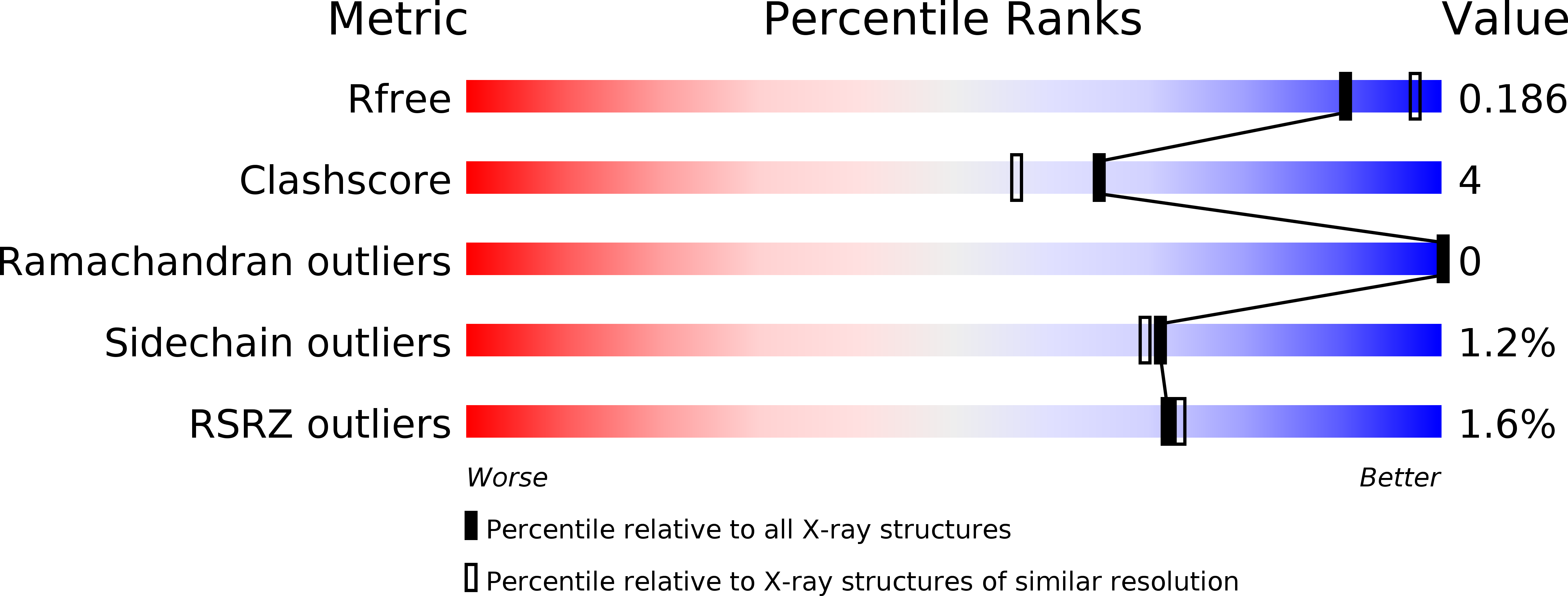
Deposition Date
2018-11-28
Release Date
2019-04-10
Last Version Date
2024-03-27
Entry Detail
Biological Source:
Source Organism:
Moraxella bovoculi (Taxon ID: 386891)
Host Organism:
Method Details:
Experimental Method:
Resolution:
2.05 Å
R-Value Free:
0.18
R-Value Work:
0.15
R-Value Observed:
0.15
Space Group:
P 41 3 2


